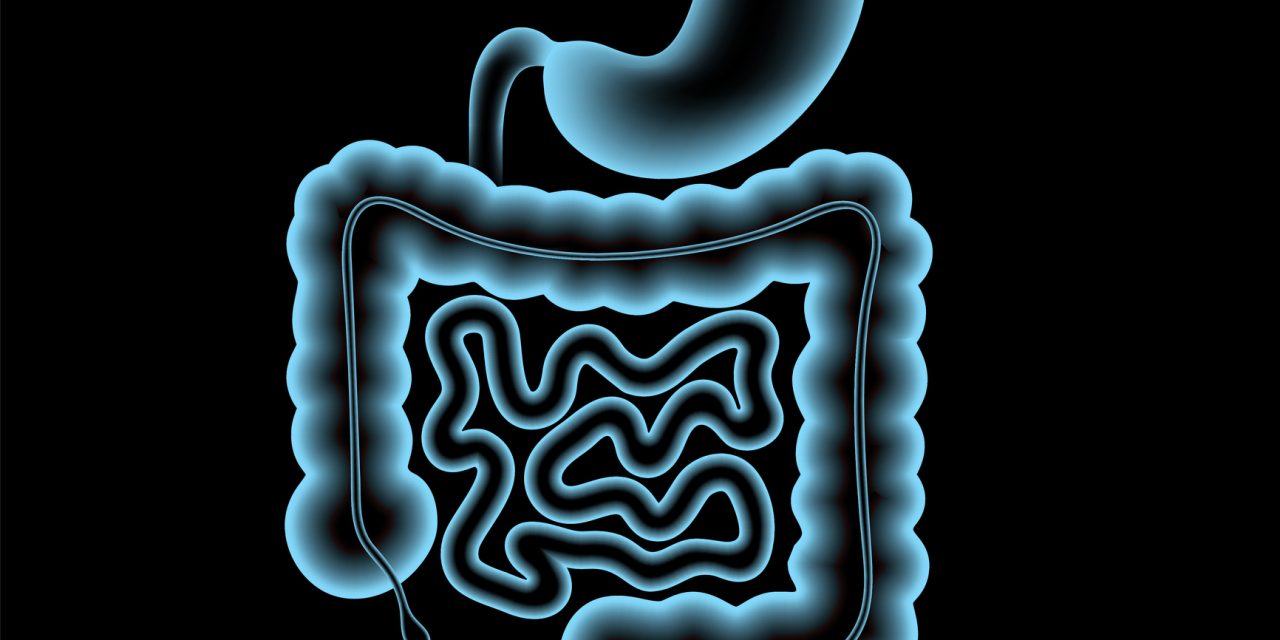Patients with Crohn’s disease have an increased aortic stiffness, a known cardiovascular risk factor. Anxiety, a key factor of the brain–gut axis in patients with Crohn’s disease, is implicated in the pathogenesis and progression of the disease, and is linked with aortic stiffening in other clinical settings.
Considering that depression is frequently linked to anxiety in Crohn’s disease, we performed a mediation analysis to reveal the potential link between anxiety, depression and aortic stiffness in these patients.
Multicentre observational cross-sectional study of 86 consecutive patients with Crohn’s disease and 86 matched control individuals. The connections between anxiety, depression, disease duration, aortic pulse wave velocity (aPWV), brachial and central SBP were tested using partial least squares structural equations modelling.
In patients with Crohn’s disease, anxiety (path coefficient: 0.220, P = 0.01) and disease duration (path coefficient: 0.270, P = 0.02) were associated with aPWV that in turn was associated with brachial SBP (path coefficient: 0.184, P = 0.03). These associations were even stronger in patients with active disease. The connection between anxiety and aPWV was in part mediated by central SBP (indirect effect: 0.090, P = 0.01; indirect-to-total effect ratio: 41%) as well as, in a pilot substudy, by sympathetic hyperactivity. Anxiety and depression were highly correlated in patients with Crohn’s disease. Consequently, results were confirmed when anxiety was substituted by depression.
The connections of anxiety, depression and chronic inflammation with aPWV and SBP could suggest the first evidence of a brain–gut–vascular axis and new potential targets for therapy in patients with Crohn’s disease.
Anxiety, depression, chronic inflammation and aortic stiffness in Crohn’s disease: the brain–gut–vascular axis.


